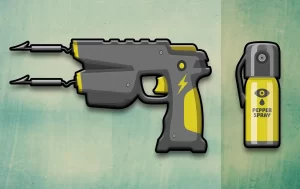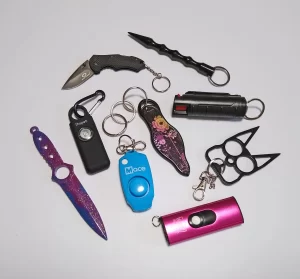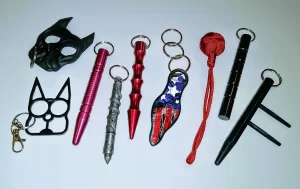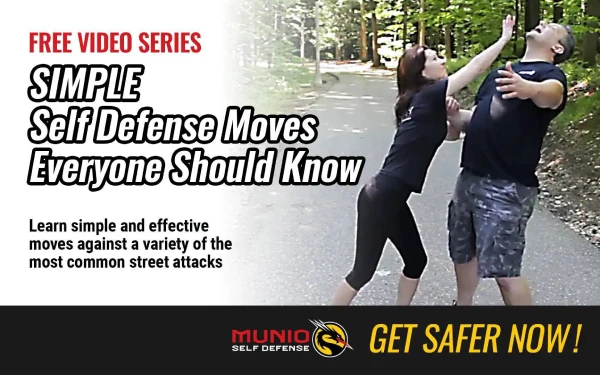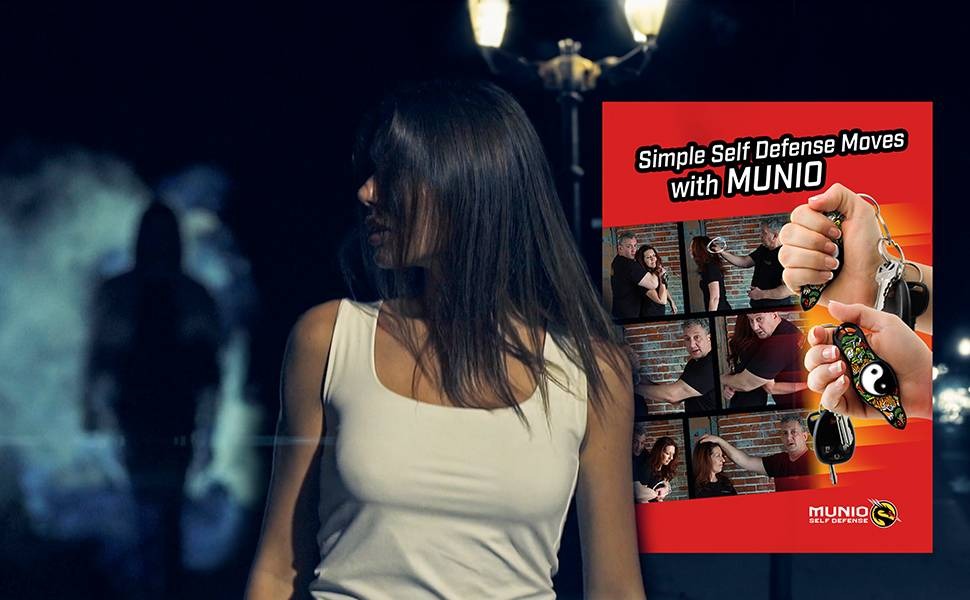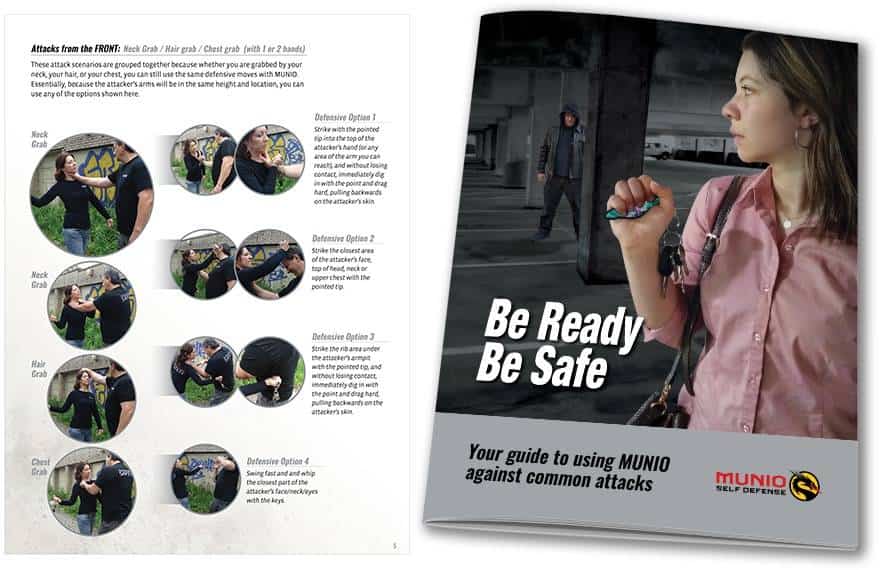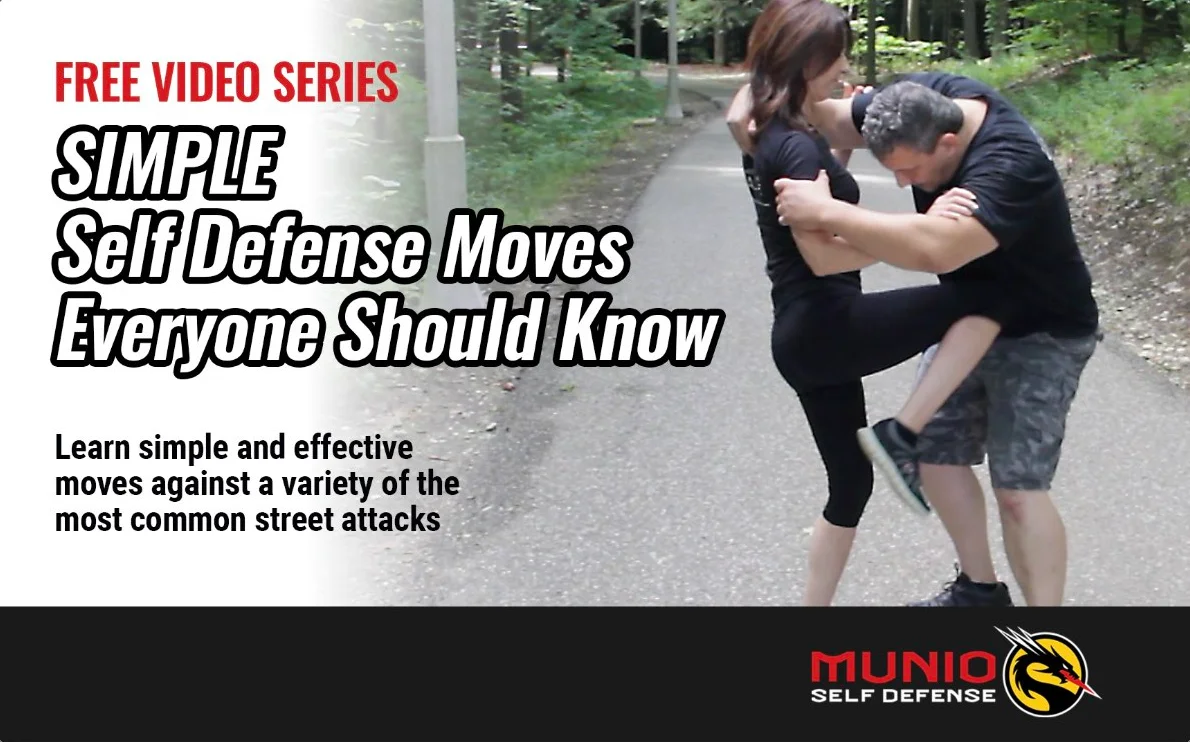Whether you’re seeking an impact weapon for self-defense training or everyday carry, the kubaton offers several advantages. After all, it’s compact and portable — and there are plenty of styles and types from which to choose.
Over the years, the kubaton has been refined to maximize its efficiency. Today, there are many models on the market. This comprehensive guide outlines everything you need to know before making a decision that will ultimately impact your personal safety, including how kubatons work, the different kinds available on the market today, and even the history of the original Kubotan.

What Is a Kubaton?
First things first. What exactly is a kubaton? Kubatons are small, short handheld self-defense weapons that can be attached to your keychain and used to prevent an attack — or end it, quickly and safely. As a force multiplier, this EDC tool allows users to deliver a more effective blow because the force of the strike is both focused and magnified on the location of the target by the tip of the kubaton.
History of the Kubaton Weapon
In the 1960s, Sōke Takayuki Kubota invented the first self-defense keychain at the request of Edward M. Davis, who was serving as the senator of California but had previously been chief of the LAPD. Davis thought they would be useful to train female officers. Kubota based the design on his own father’s invention, called a “hashi stick,” which was a slightly longer and thinner bamboo striking weapon. The original kubotan was a hard plastic rod with 6 grooves along the shaft, approximately 5.5 inches in length, and about half an inch in width, with a screw eye to attach a keyring to.
The kubotan was well received within the law enforcement community. Its popularity continued to grow within the self defense industry, and it ultimately became a practical self-defense tool for the average person.
Over time, generic versions were made, and modifications were often included — such as adding a spike at the end of the rod or making it aluminum rather than hard plastic. Other variations continued to proliferate. Today, these generic models are broadly known as kubatons or self-defense keychain sticks.
“Kubaton” vs. “Kubotan”: Which Way Is It Spelled?
Both spellings are technically correct. While kubaton is the genericized version, Kubotan is a trademarked name that refers to the original product invented by Kubota. In that way, it’s like the Kleenex of force multipliers.
It’s reasonable to assume that the spelling of “kubaton” came to be and has persisted because of its phonetic similarity to the word “baton.” This alternative spelling is also a distinction from the legal trademark, which was based on Takayuki’s family name, Kubota. Personally, I think one reason the spelling “kubaton” has persisted is because the last two syllables happen to spell “baton,” and indeed, this self-defense tool can be wielded as such.
How to Use a Kubaton
Generally, the kubaton is held in an icepick (hammer-fist) grip with the tip below the pinkie, or a forward grip, with the tip protruding above the thumb. Both of these grips allow you to hit vulnerable parts of the attacker’s body. However, the hammer-fist grip is better because you can generate more power with a hammer-fist strike, and you can easily strike someone who’s grabbing you from behind which is a common but often unexpected attack.


Many other self-defense products are not as versatile. For instance, consider the popular cat self-defense keychains, which are great for striking forward and can inflict a lot of pain. But when you’re dealing with a bear hug over the arms from behind, it’s super hard to turn your wrist and strike back with power. This is the advantage of using kubatons.
A kubaton can also be used to attack sensitive pressure points, and for joint locking. Here are some self-defense actions a kubaton is designed to enhance:
- Punching: Clenching the kubaton in your fist (fist-loading) packs even more power in every punch.
- Pressure point striking: You can strike sensitive pressure points effectively if you’re well-versed in how to make the most of this weapon.
- Flailing: When held properly, a kubotan can turn your keys into an effective flailing/striking tool for fighting off an opponent.
Types of Kubatons
Currently, there are too many forms of Kubotan knockoffs to keep track of! But there are some notable variations on the market:

Spiked: These are more wicked-looking, boasting an extra set of spikes protruding from the side and between your fingers. This would make a punching strike all the more nasty and painful. You’ll also be restricted where you’ll be able to take your spiked kubaton, as it will likely be considered a weapon (it certainly looks like one).

Tactical flashlight: A tactical flashlight is generally meant to be an ultra-bright flashlight that can potentially scare off a threat because of its intensity or flashing. Although this is a different type of tool, it can be used as an impact weapon for striking. It doesn’t give you the option to use your keys as a flail for extended striking.

Tactical pen: There are pens that double as a striking tool or impact weapon similar to kubatons. They’re generally similar in size in shape to a kubotan and can be used in the same way as an impact weapon for striking. They also don’t give you the option to use your keys as a flail for extended striking. Tactical pens are a discreet way for concealed carry, if that’s one of your top priorities when choosing an EDC tool.

Keychain knife: This tool conceals small knife blades inside the kubaton. You can unscrew it and screw it back in on the other end to expose the blade. This is not meant as a quick reaction tool – you better know what you’re doing. And adding the knife has just made the kubotan go from a non-lethal self-defense tool to a lethal weapon.

MUNIO: While the MUNIO is unlike any other kubotan, the self-defense industry has classified it as a flat kubaton. This self-defense keychain provides the same benefits as the traditional kubaton, but it’s more discreet (and attractive!) to carry openly — and anywhere.
Are Self-Defense Keychains Legal?
The short answer is: It depends. As stated above, there are a number of different types of self-defense keychains, so their legality will vary by type — and by state. Currently, MUNIO is the only self-defense keychain that is not only legal in every state in America but can also be carried on planes.
Kubaton vs. MUNIO Keychain: What Is the Best Weapon to Carry for Self-Defense?
MUNIO is a stylish form of a kubotan, or force multiplier tool. In fact, with all due respect to Takayuki Kubota, the inventor of the kubotan, MUNIO has been nicknamed a “flat kubotan” for good reason. MUNIO and a kubotan can use both ends as striking options, and both can be held with a “hammer-fist” grip with the striking end below the little finger. But there are a few key differences to note:
1. Advanced Techniques
The standard rod-like shape and length of the kubotan has additional applications for submission, pain compliance, and joint locking techniques typical to trained law enforcement for criminal apprehension. On the other hand, while some martial artists do use adaptive joint locking and pressure point tactics, MUNIO was specifically developed for the kubotan’s basic striking and whipping motions, which are instinctive to practically everyone, and do not necessarily require any specialized training. Ironically, even highly trained martial artists have confirmed that they prefer the simpler basic striking options that MUNIO provides, rather than a kubotan.
2. Keys Striking/Whipping Range
If you choose to strike using your keys at the end of a traditional kubaton, it typically has less range than MUNIO because it has just one keyring. MUNIO’s standard three-ring configuration gives it more range and snap, making this tool more effective for striking an attacker with your keys. Of course, anyone with a kubotan, or MUNIO, can add length or mass onto their keyring(s) at their discretion if they feel it makes it even more effective for them.
3. Everyday Easy Carry
Another important difference is that MUNIO is designed to be taken anywhere. Modern kubatons typically taper off into a spike, which can look pretty menacing, and they can be prohibited or restricted because they’re considered weapons. This makes it difficult (and potentially even dangerous) to have on your person at all times. While MUNIO is pointed, its uniquely discreet looks allow it to be carried regularly and openly everywhere – even through airport security and onto airplanes. This means MUNIO can truly become someone’s everyday carry weapon for self-defense. You can feel safe and comfortable with MUNIO on your person at all times.
In short, MUNIO’s self-defense capabilities, striking range, and appealing looks are why self-defense instructors increasingly prefer it as their tool of choice for their students.
Kubaton Self-Defense
A kubaton is one of the most versatile and practical self-defense tools out there. When picking out the right one for you, be sure to take into account the considerations above.
Are you a self-defense instructor?
Empower your students with real-life self-defense techniques using MUNIO, the leading safety keychain solution. Learn more about MUNIO instructor certification.
Get more self-defense tips
Watch our free 10-video series, “Simple Self-Defense Moves Everyone Should Know.”


